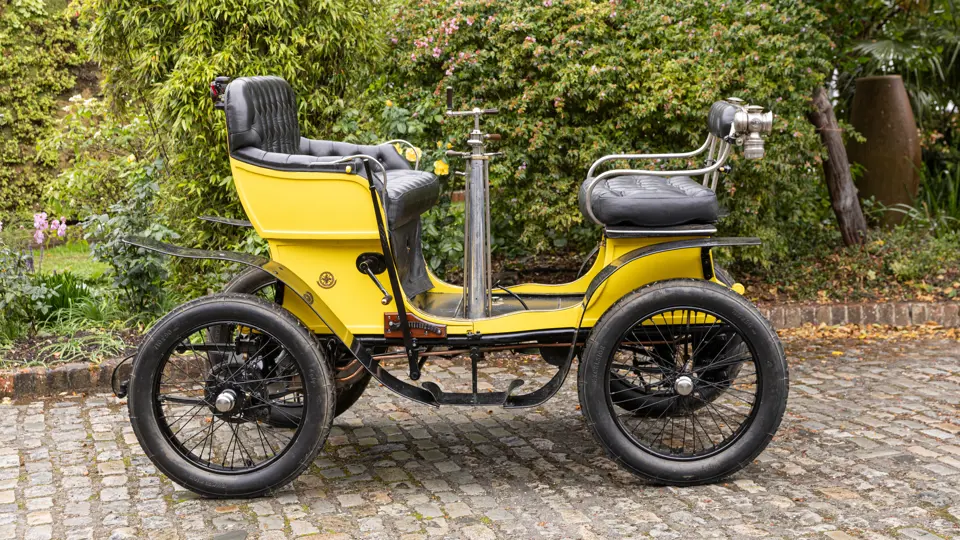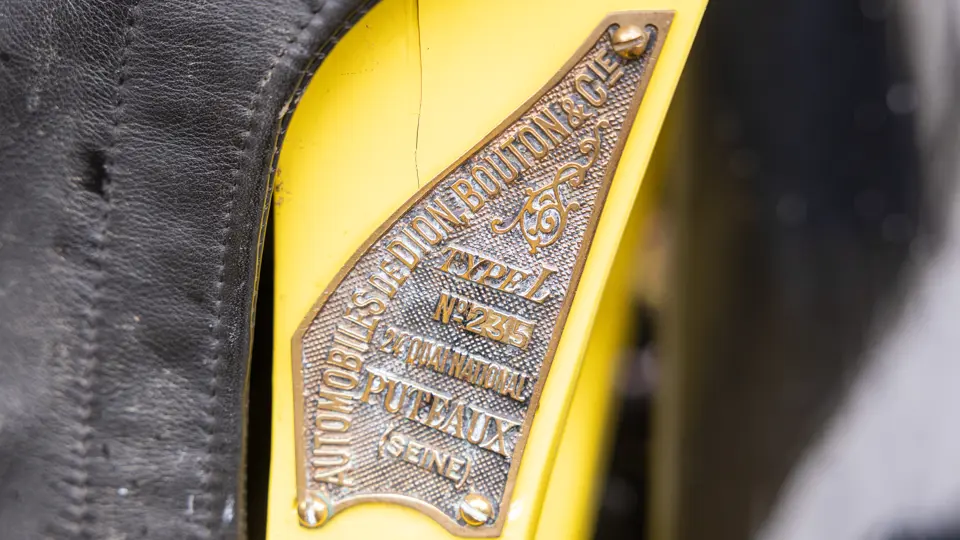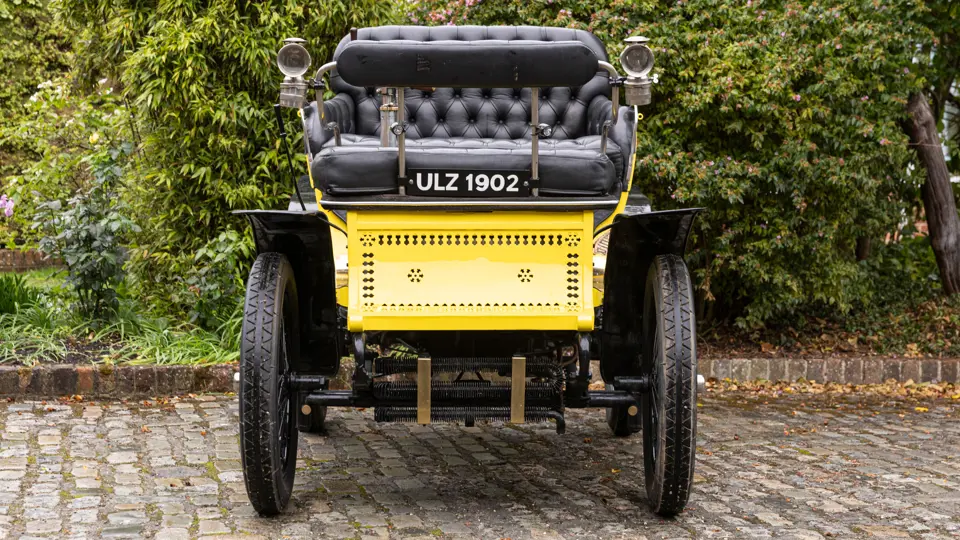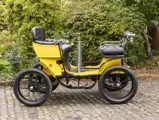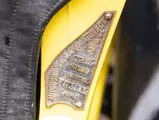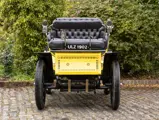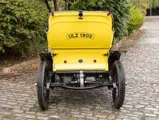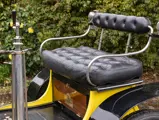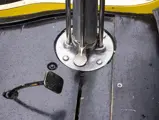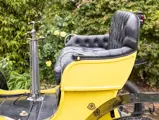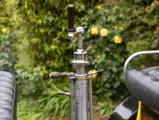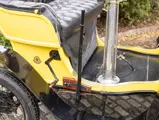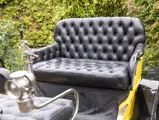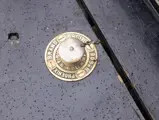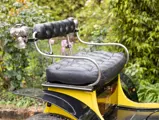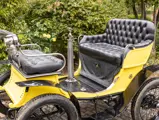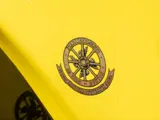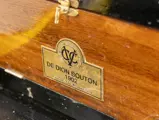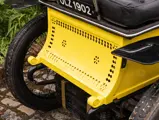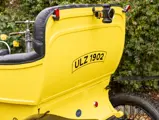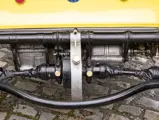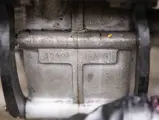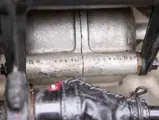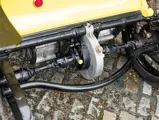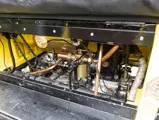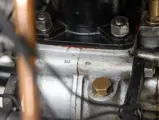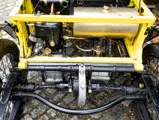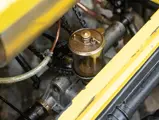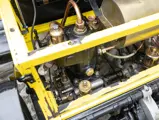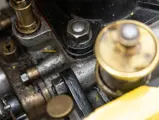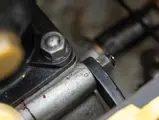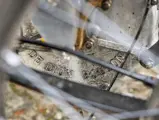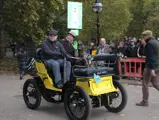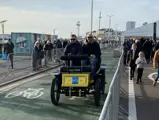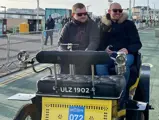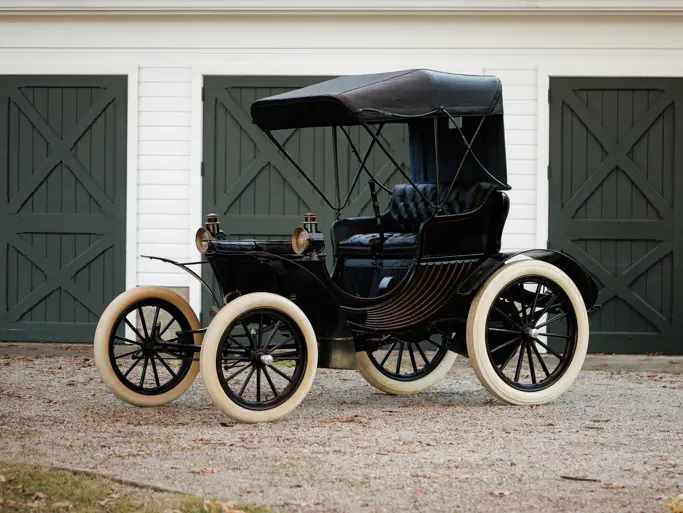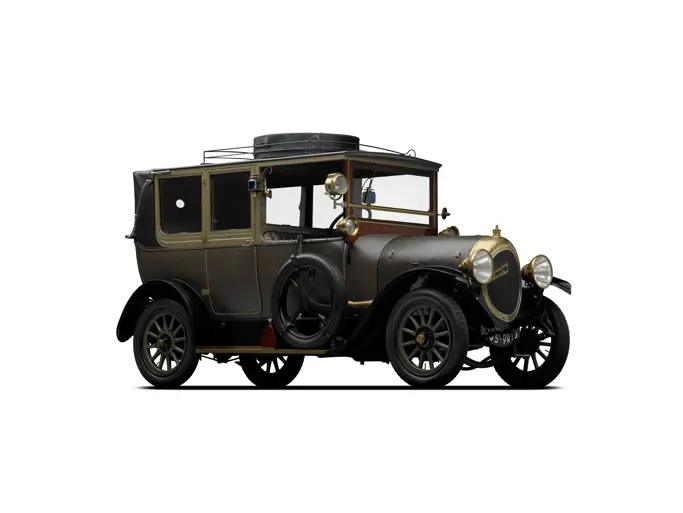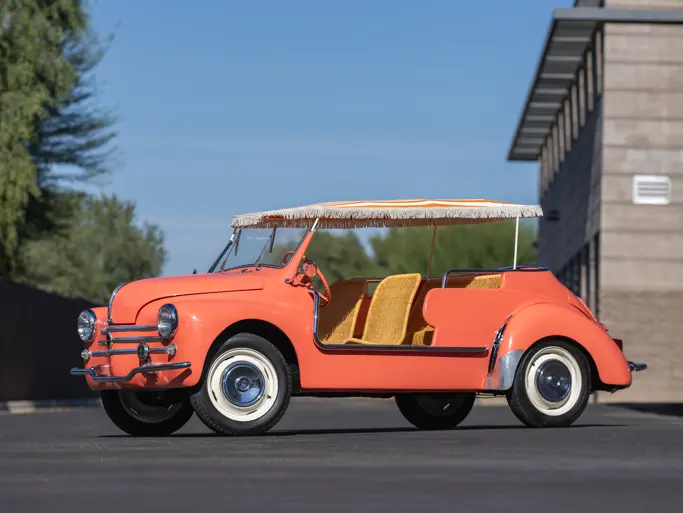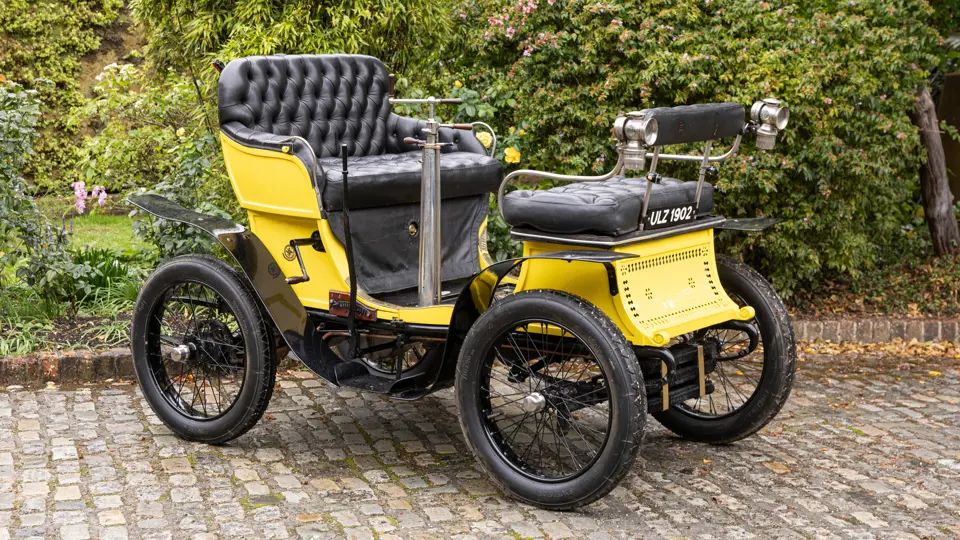
1902 De Dion-Bouton Type L Vis-à-Vis Voiturette
{{lr.item.text}}
£52,900 GBP | Sold
{{bidding.lot.reserveStatusFormatted}}
- Expertly restored by Jonathan Wood, Autohistoric, and Henal Engineering
- Rediscovered post-war in France by Joseph Ott, then showing in original condition
- Documented by a VCC Dating Certificate, workshop invoices, and finisher certificates from the London to Brighton Veteran Car Run
- Powered by a 6 horsepower engine; the final development of the Vis-à-Vis
Until 1899, the French firm De Dion, Bouton et Compagnie produced mostly motorised tricycles, some of which were made into four-wheelers with a two-wheel forecar arrangement. Later that year, the Voiturette was introduced and was a true four-wheel car with a tubular “waisted” chassis frame. The engine, a single-cylinder, 3½-horsepower, 402-cc unit, was located at the rear and drove through a two-speed constant-mesh transmission, with gear changes effected with clutches.
This car became known as the Vis-à-Vis, French for “face-to-face”, as the two passenger seat benches were placed in an opposing layout. The model is noteworthy for its use of the De Dion rear axle that would inform the design of suspension systems for decades to come. In its era, the Vis-à-Vis cemented itself as the first generally successful automobile and an easy market leader of the time.
The 1902 De Dion-Bouton Type L Vis-à-Vis Voiturette on offer represents the final development of a model that received a series of iterative improvements as production continued. As such, it offers enhanced usability thanks to its 6 horsepower, single-cylinder engine with a 90-millimetre cylinder bore and 110-millimetre stroke.
Discovered a year after the conclusion of World War II within a barn in France by Joseph Ott, the De Dion-Bouton is said to have been remarkably preserved in original condition at the time. Once exhumed, the vehicle was taken to Rhode Island, United States by Ott, where it would remain, unchanged, until 1994 when it was sold at auction by the estate. The Voiturette was returned to Europe upon finding its new Scottish owner. In 2016, it was purchased by its consigning owner, a collector of pre-war automobiles. By this point, the De Dion still presented in original condition albeit with newer wheels and tyres to ease movement, and a decision was made to commence a high-level restoration.
Over approximately two years, Jonathan Wood, Autohistoric, and Henal Engineering performed restorative work to transform the vehicle into its current condition. Since being completed, it has participated in the 2018 and 2021 editions of the famed London to Brighton Veteran Car Run, two Creepy Crawly rallies, and at least two De Dion events.
Now finished in yellow with black wings with nickel plating, the vehicle additionally features Solar Cycle Lamps, a foot-operated bell, and an after-market period handbrake. Documentation includes a VCC Dating Certificate, invoices, and finisher certificates from the London to Brighton runs.
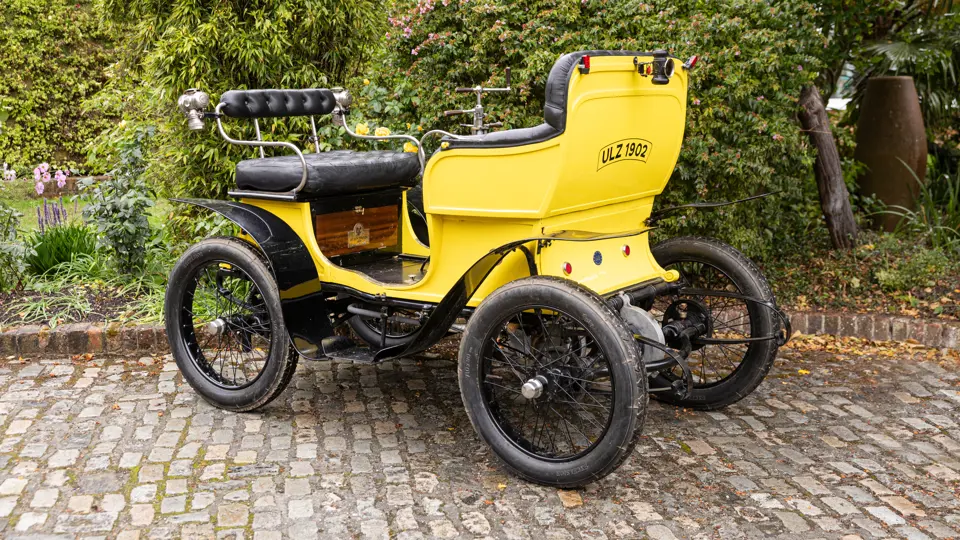
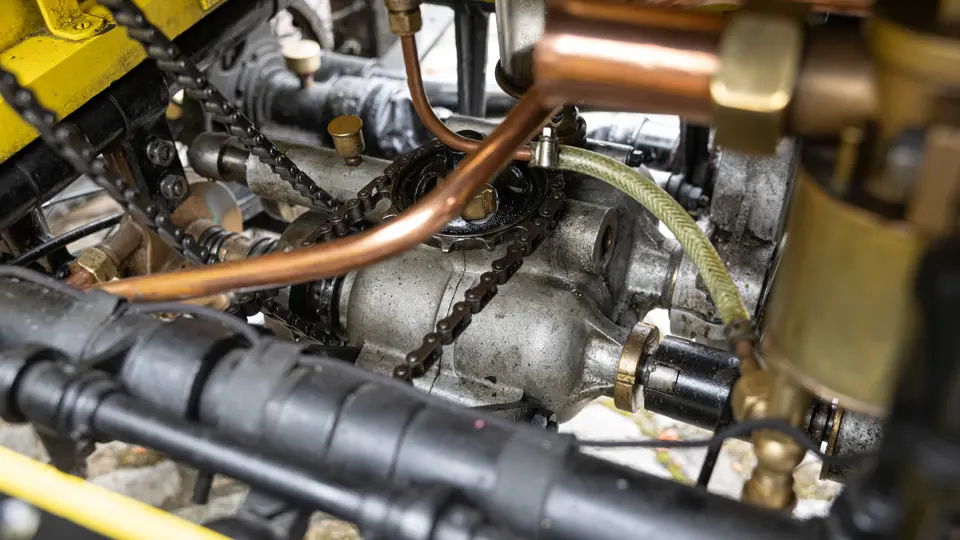
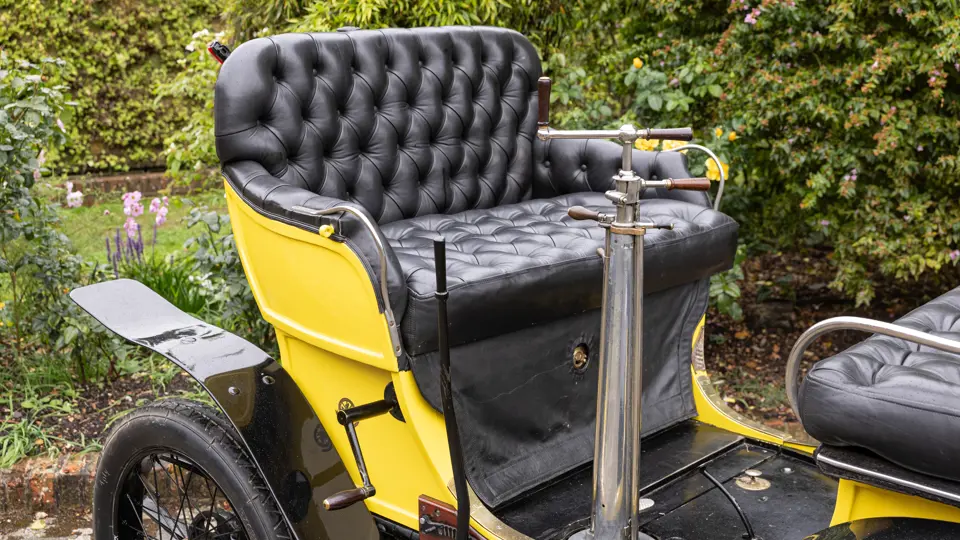

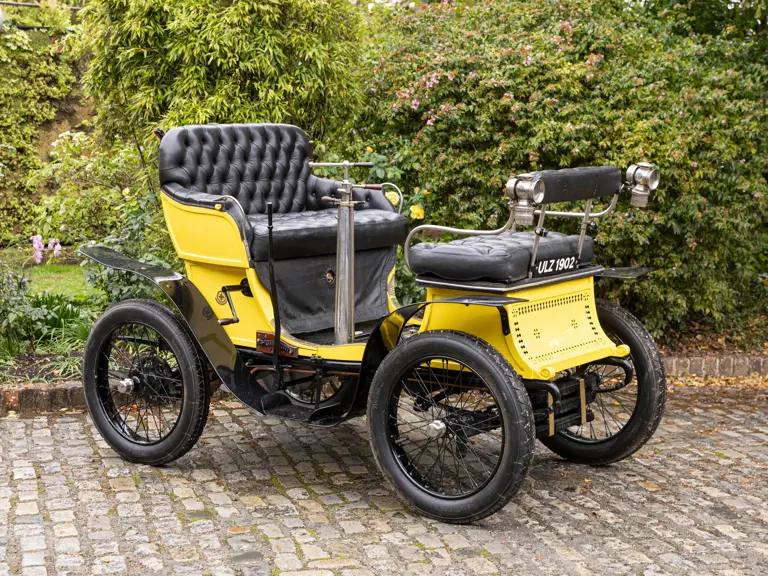
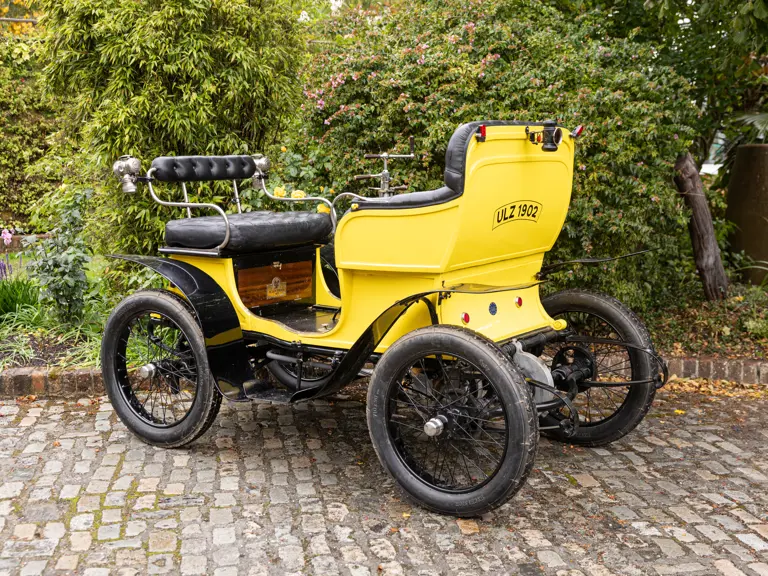
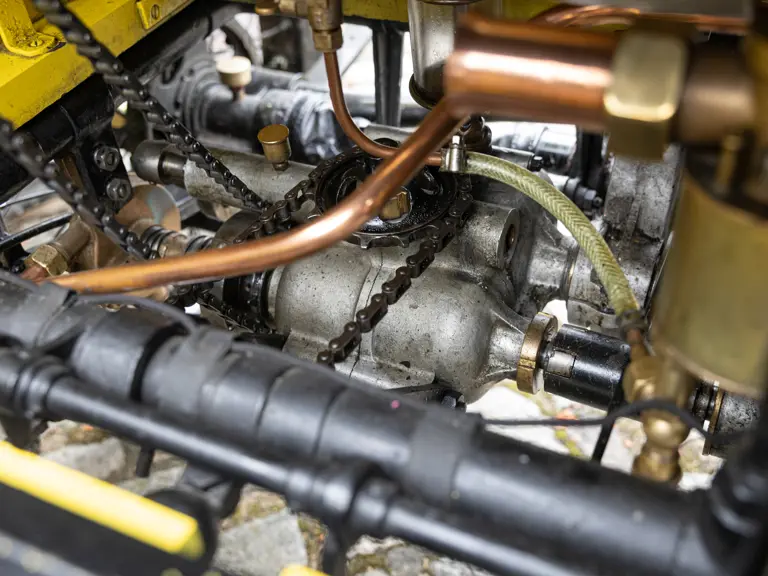
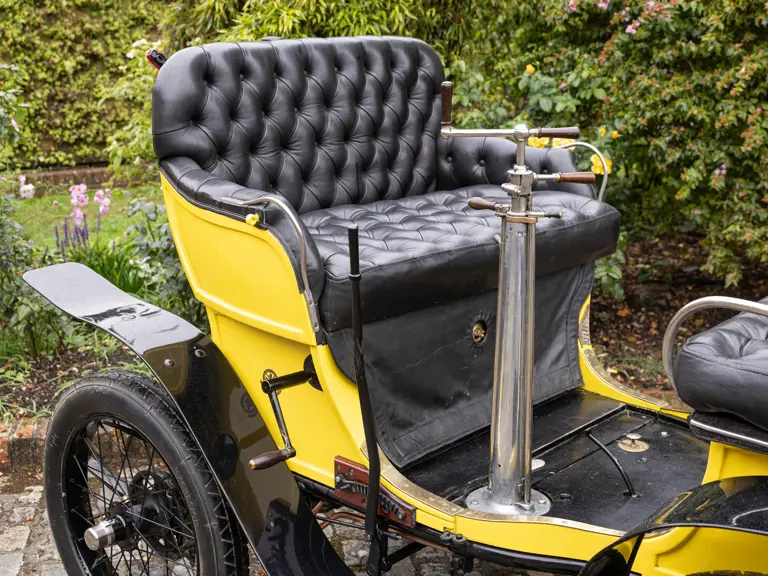
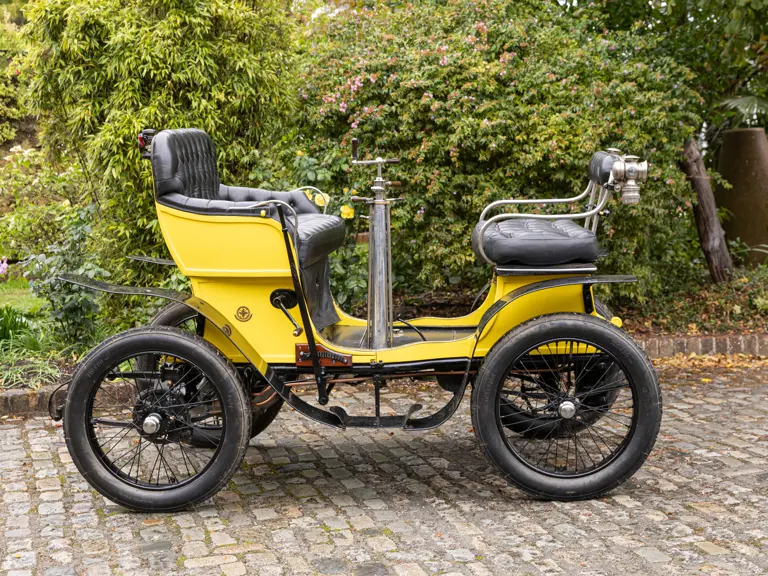
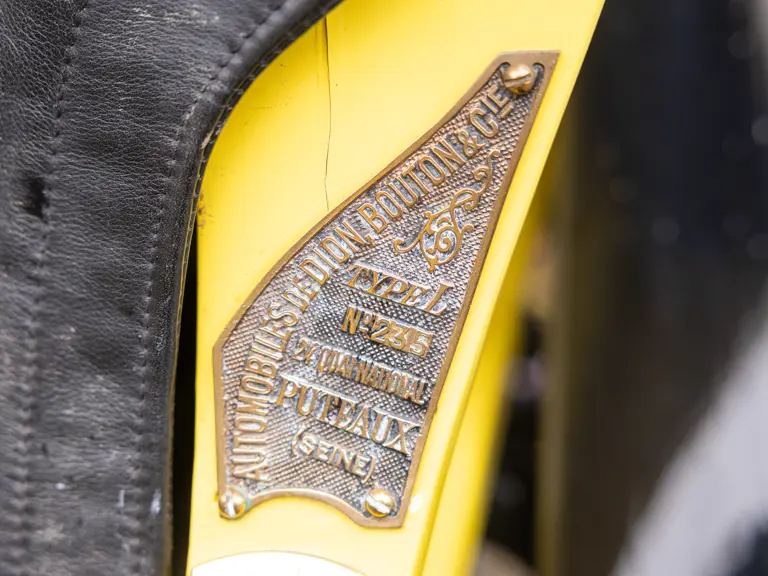
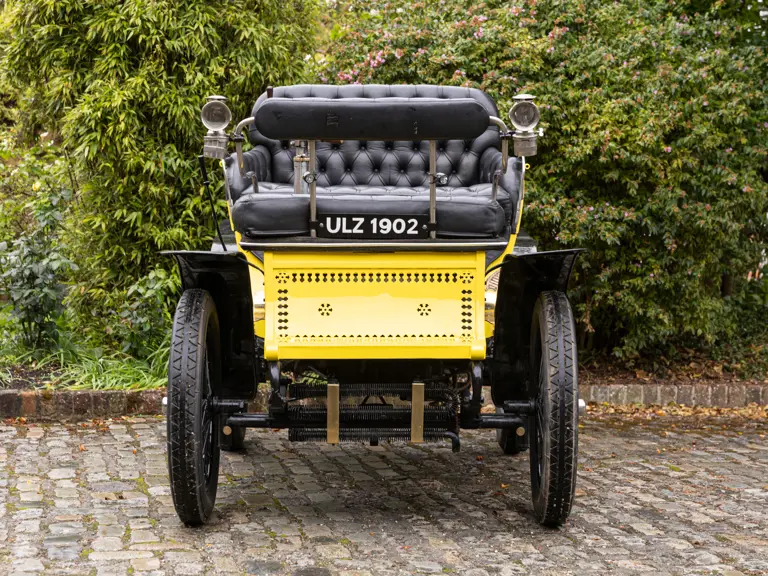
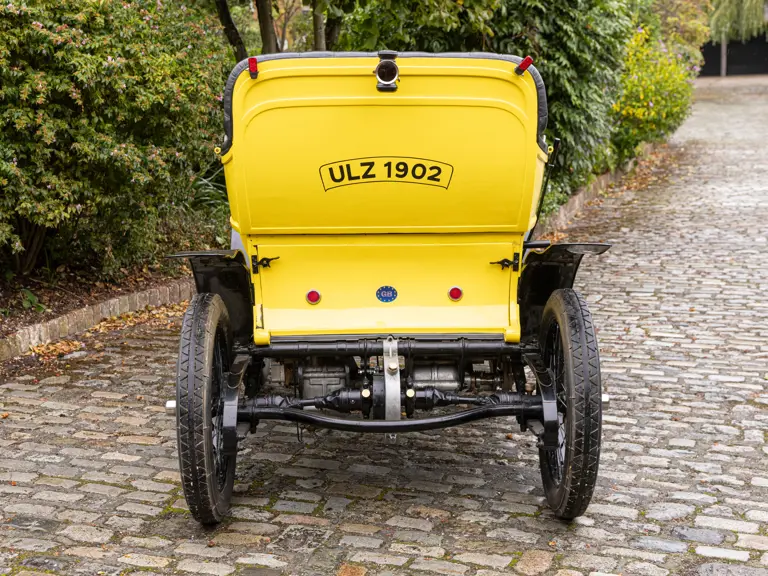
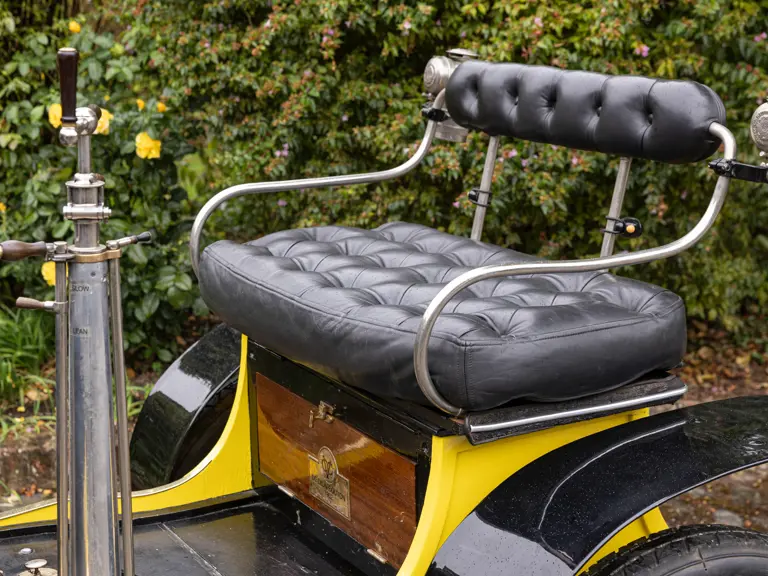

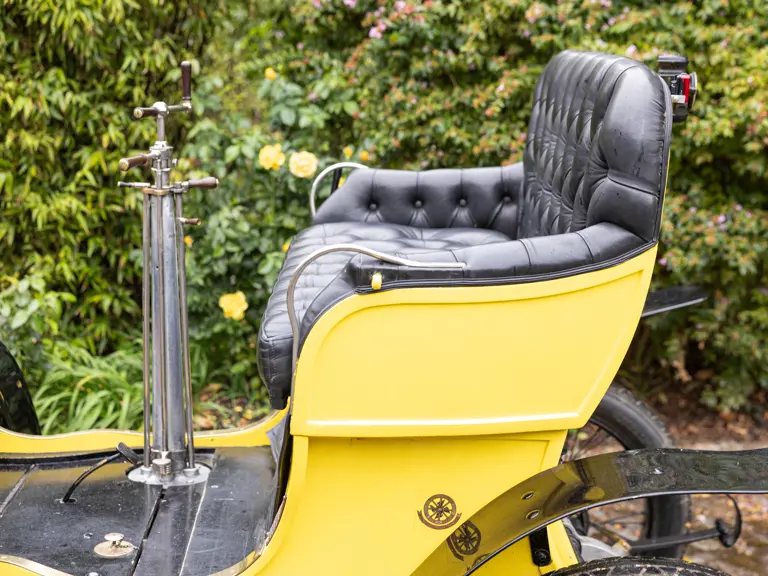


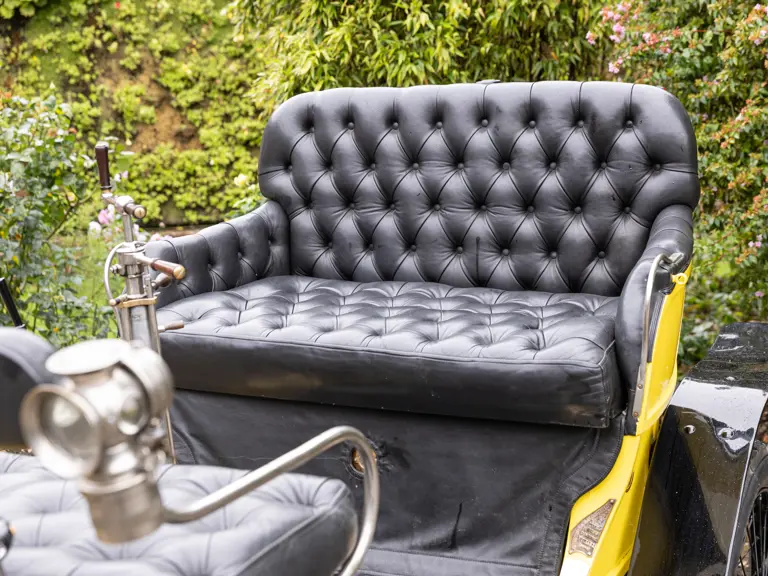
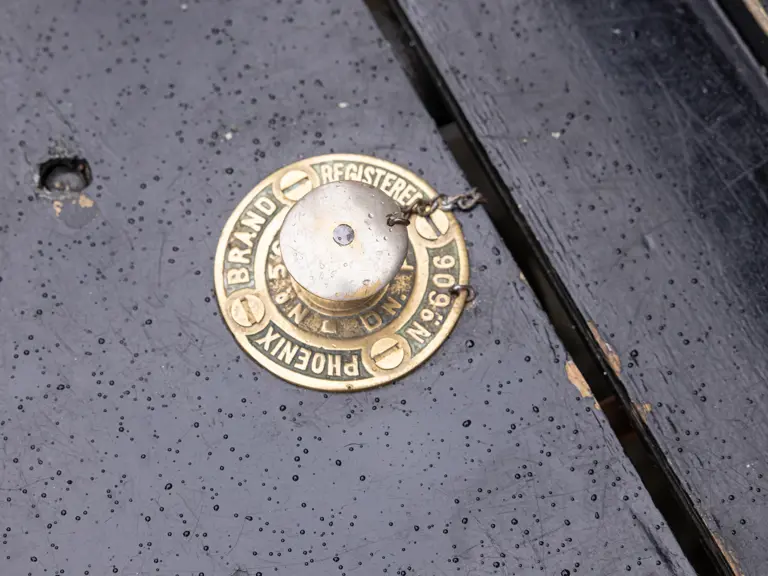
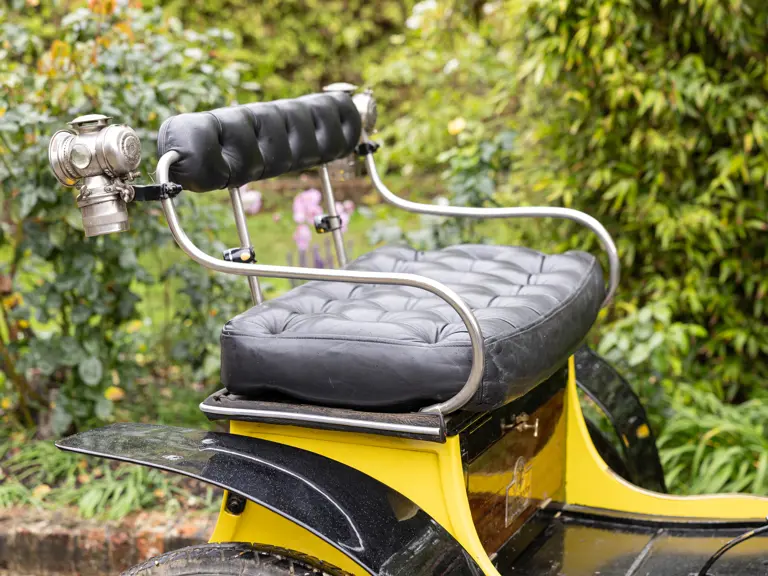
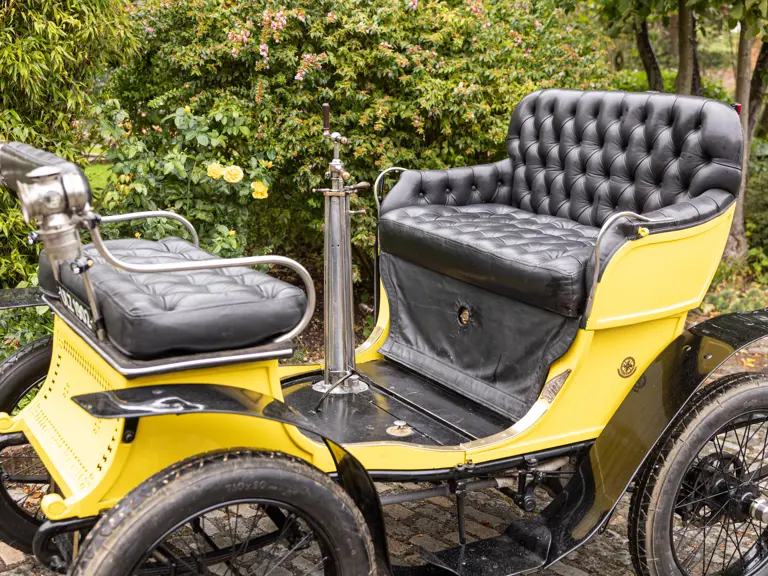
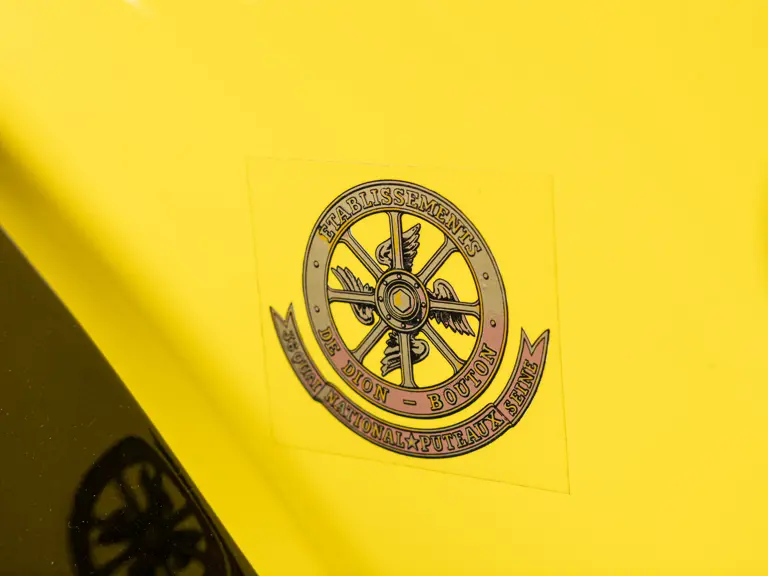
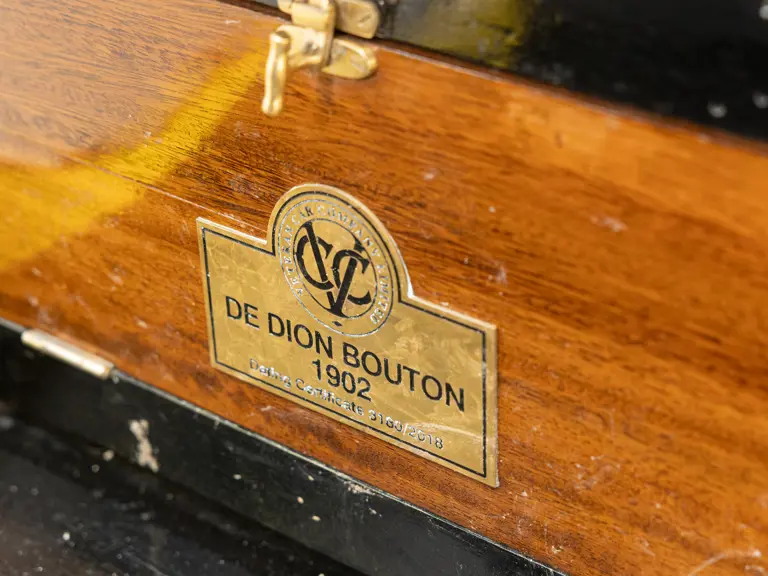
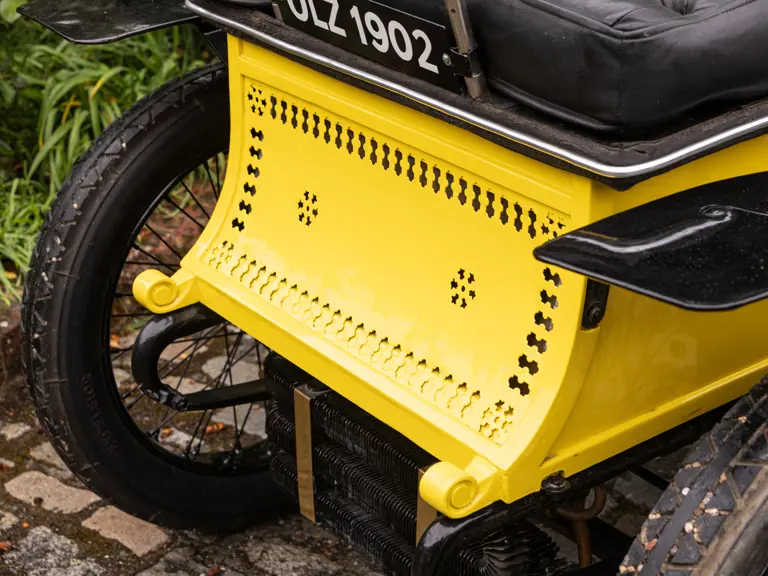
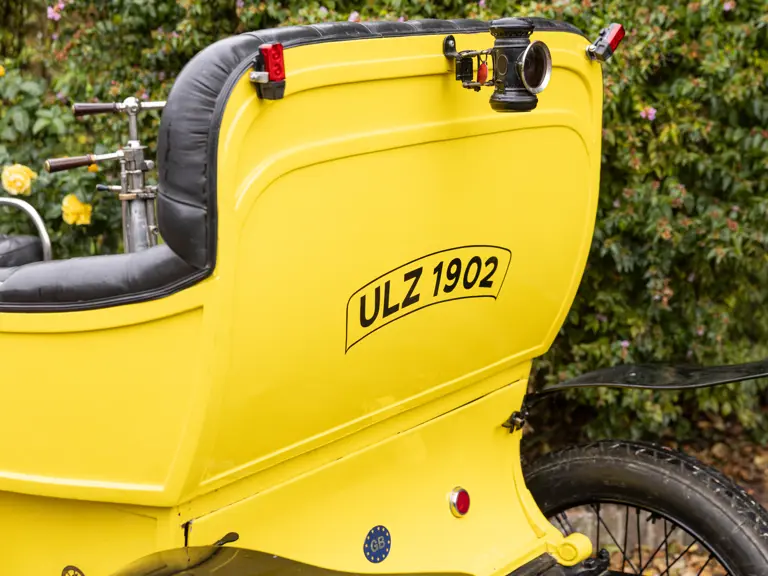
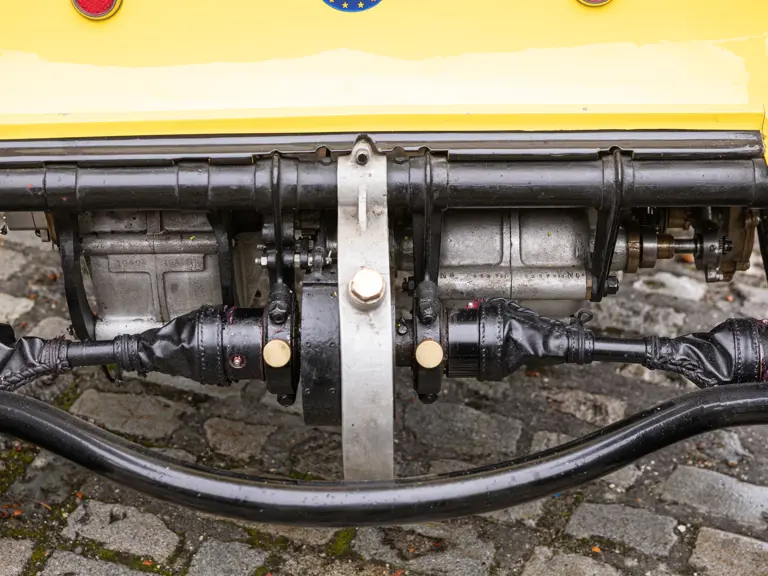
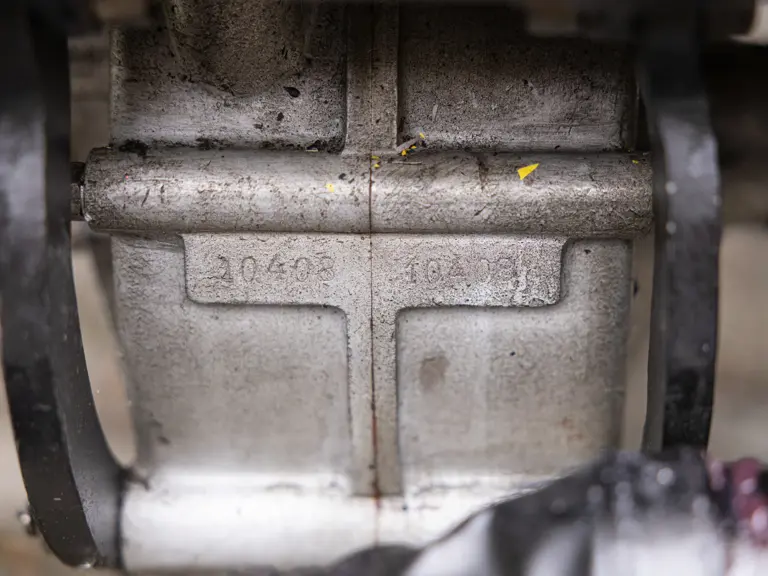
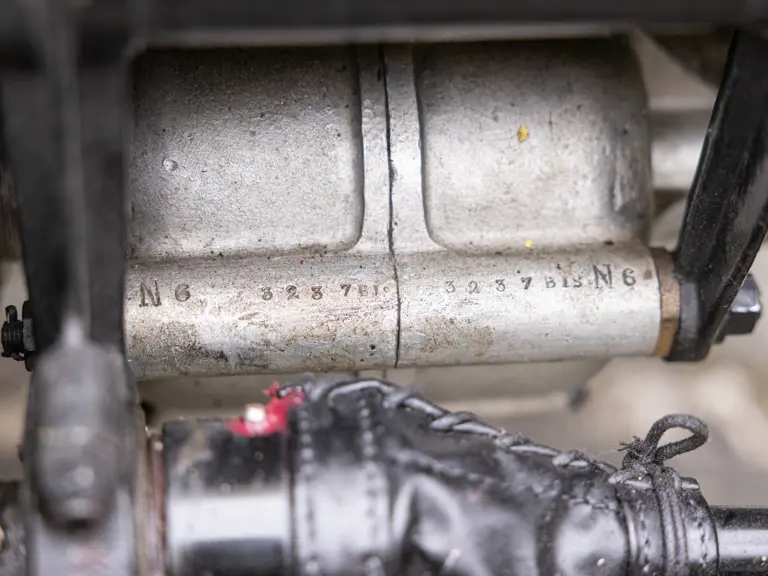
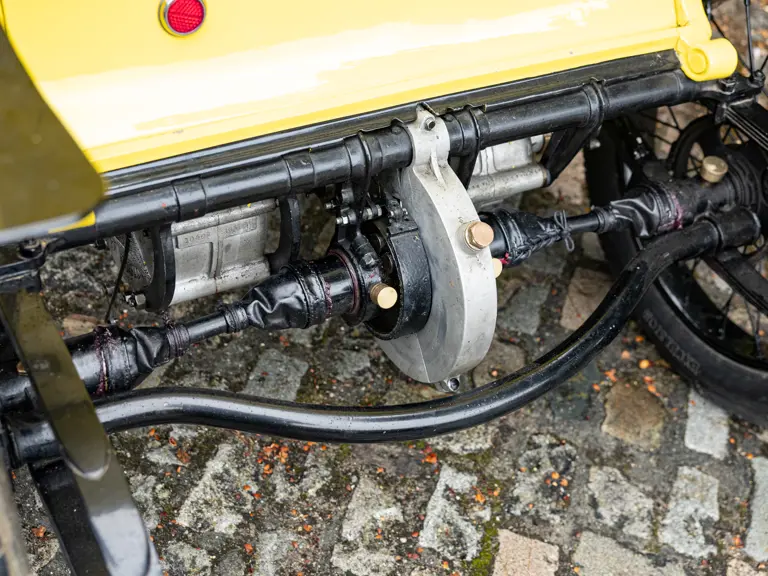
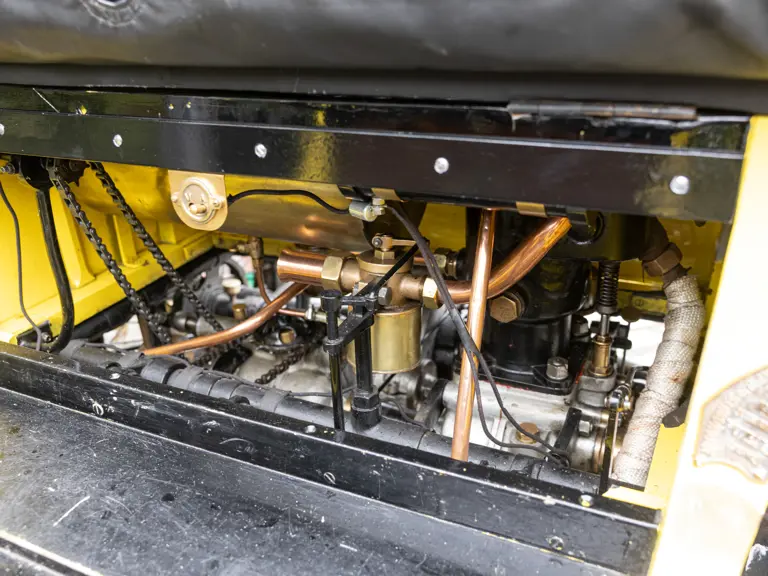
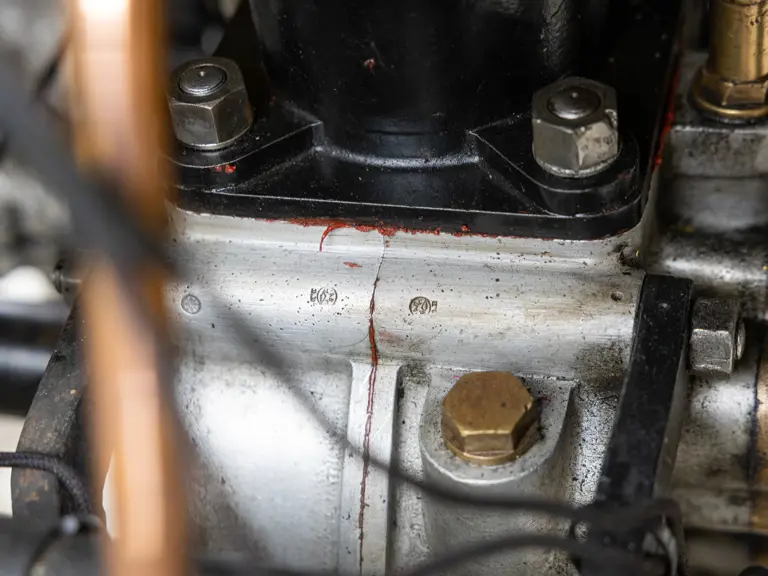
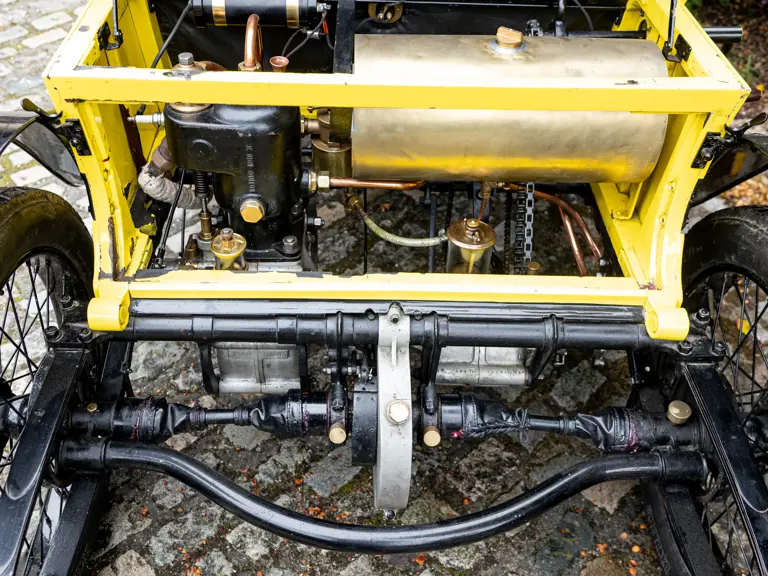
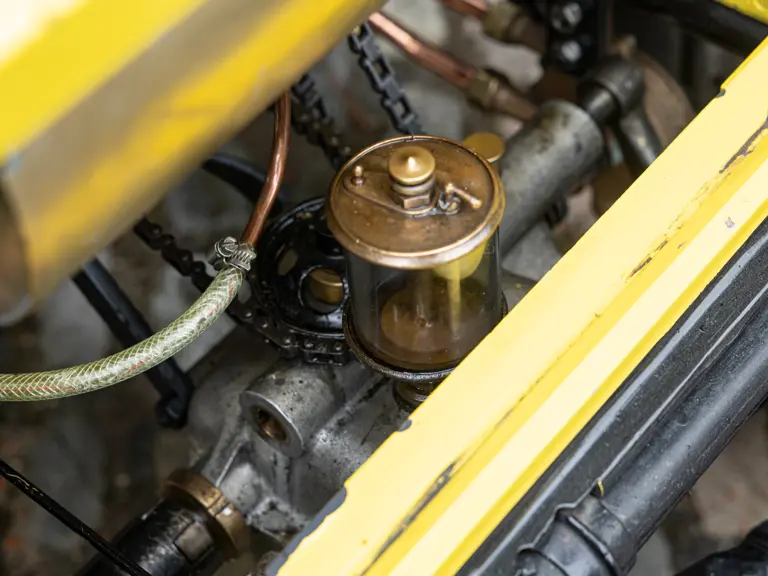
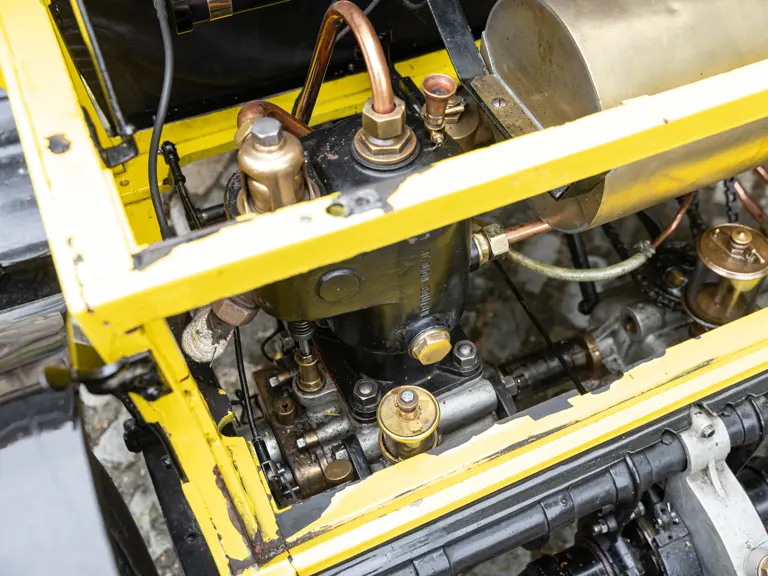
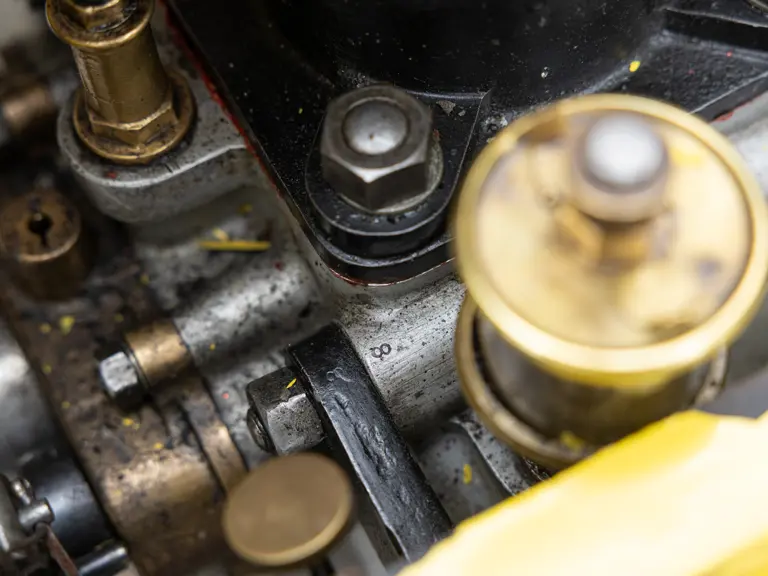
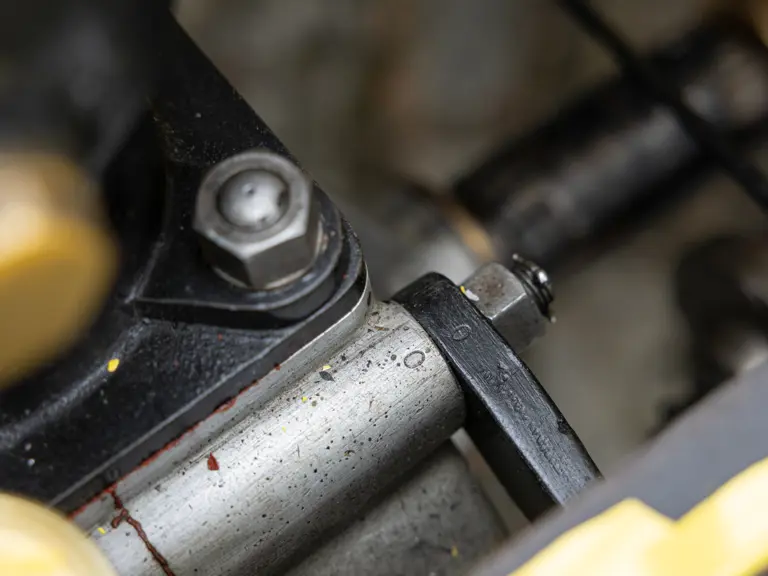
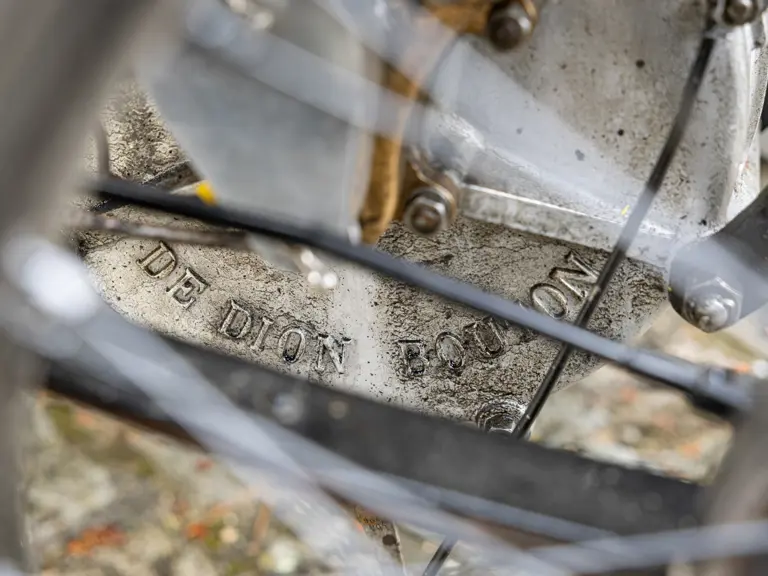
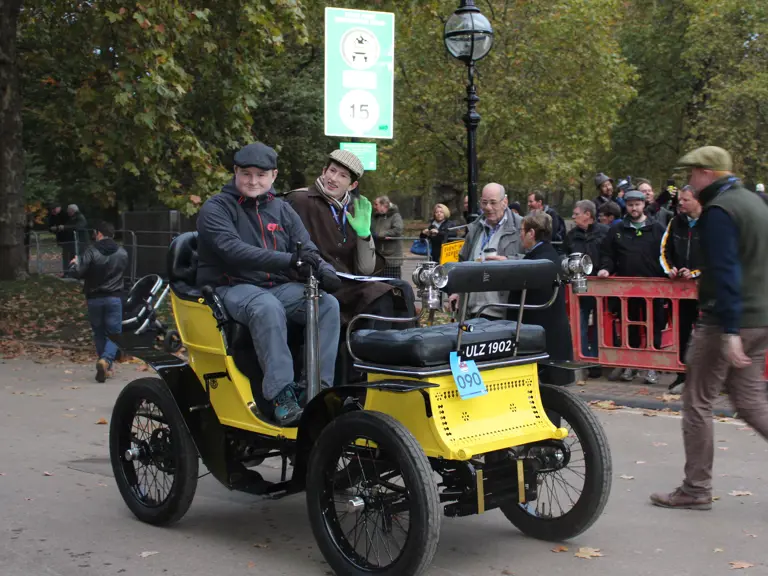
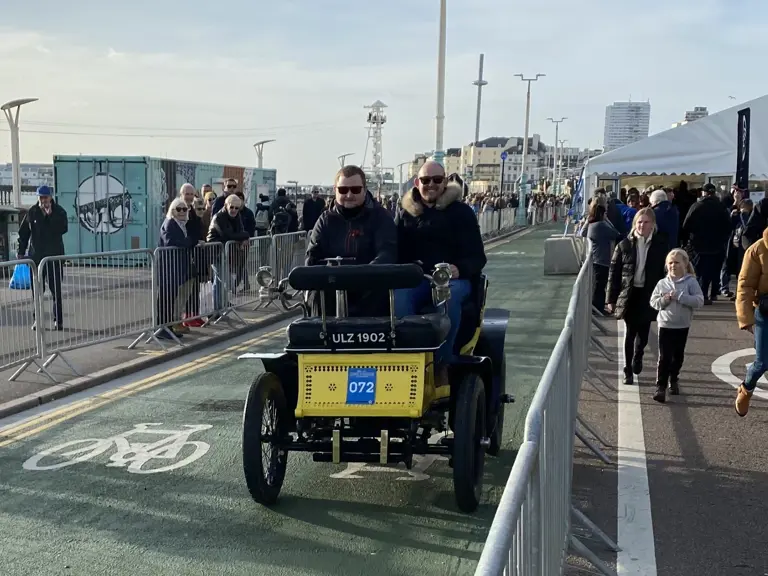
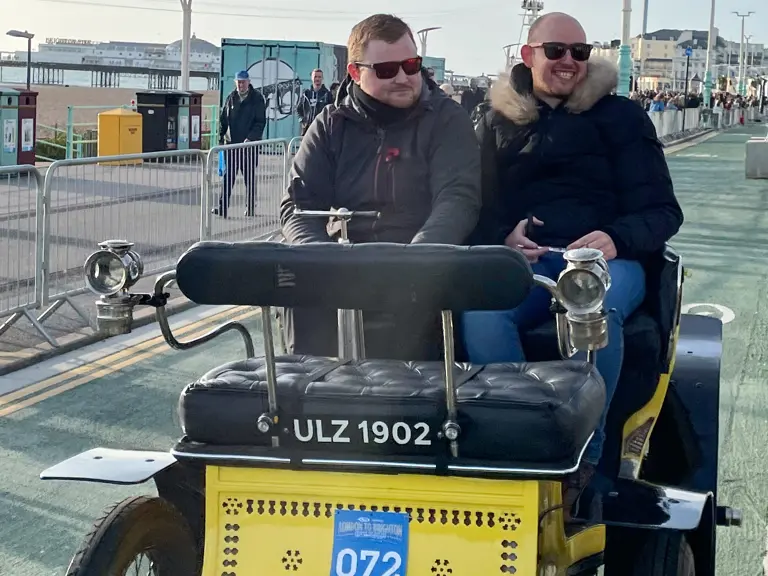
 | London, United Kingdom
| London, United Kingdom
